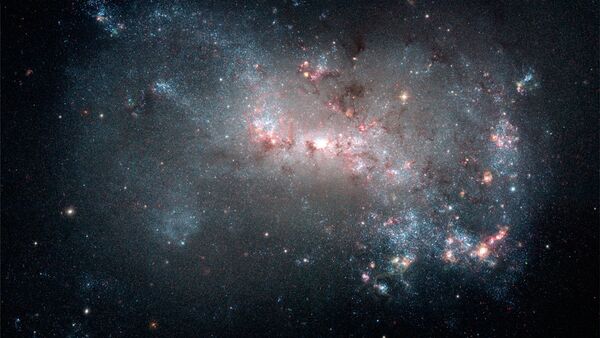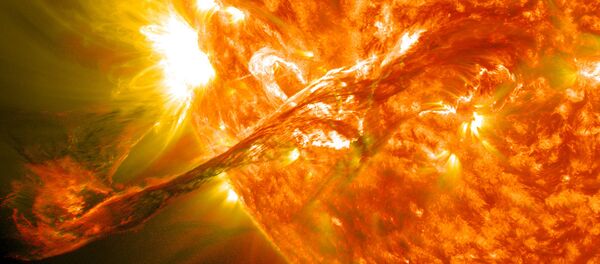"It appears that we have captured this galaxy cluster at a critical stage just as it has shifted from a loose collection of galaxies into a young, but fully formed galaxy cluster," said David Elbaz, one of the scientists who discovered the cluster.
Interestingly, the galaxies in this cluster appear to be forming stars much faster than galaxies closer to Earth. Galaxies closer to the Earth are also older, as they were formed earlier after the universe came into existence.
That difference was expected, says Gillian Wilson, a professor of physics and astronomy at the University of California, Riverside, but research into the discovery "quantifies the effect."
About 30 percent of the galaxies in distant clusters should be forming stars but for unknown reasons are not, the new study shows. In nearby clusters, that value is closer to 50 percent. Scientists say that something in the environment of the galaxies is hampering star formation, an effect that earlier models did not take into account.
There are multiple theories to explain the discrepancy. A galaxy may lack material for star formation as the cluster environment is too hot for the galaxy to grab nearby cold gas and create new stars. Another explanation is that nearby galaxies may "harass" others by interacting regularly at high speeds, which could pull material out of a galaxy. But a proof for this effect, known as "environmental quenching," is yet to be found.




